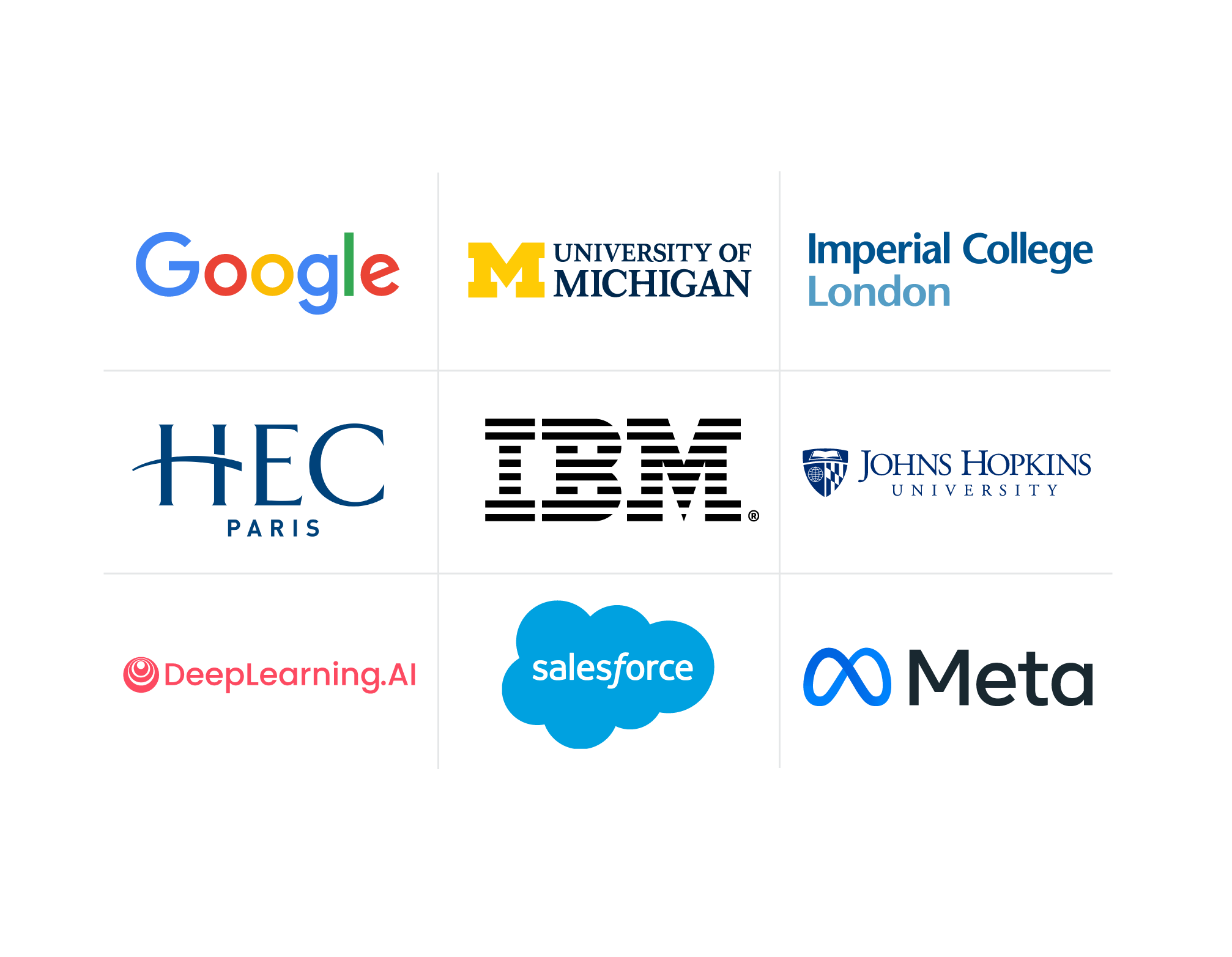Optimizing Talent Pipeline Management for Sustainable Growth
Learn more about what talent pipeline management is and how it might benefit your organization.
![[Featured Image] An HR manager reviews resumes as part of their company’s talent pipeline management strategy.](https://d3njjcbhbojbot.cloudfront.net/api/utilities/v1/imageproxy/https://images.ctfassets.net/2pudprfttvy6/2zsDWRYVizXdHK8eMJ2c3e/e5f30150f14b8566e42b34a485a8db1f/GettyImages-1220021663.jpg?w=1500&h=680&q=60&fit=fill&f=faces&fm=jpg&fl=progressive&auto=format%2Ccompress&dpr=1&w=1000)
Talent pipeline management helps organizations build a pool of candidates qualified to take on new roles as they become available. It is an involved process, meaning you can continually create new outreach content for recruitment, communicate with prospective and existing employees, and design training programs for your workforce.
Explore why talent pipeline management is essential, how to develop an effective strategy, and tips to build a successful system.
What is talent pipeline management?
Talent pipeline management involves strategically identifying and engaging top talent in your professional field. With evolving demands and competitive hiring, companies are finding less success in identifying qualified candidates for positions as they open. Instead, companies are creating “talent pipelines.”
Talent pipelines are pools of potential candidates with highly desired qualifications. Typically, you have had some form of communication with these candidates, building rapport and seeing a demonstrated interest in them working for your organization. When an opportunity arises within your company, you can quickly identify highly-trained, vetted candidates and begin your interview process.
Components of talent pipeline management
Talent pipeline management encompasses several steps, from initial outreach to hiring. While your talent management pipeline can depend on your industry and organization, you may find that managing a talent pipeline includes the following:
Creating job postings to advertise open positions
Designing recruitment videos to attract new candidates
Auditing potential candidates
Advertising employee advancement paths
Distributing email updates about workforce opportunities
Creating career pages for your company website
Promoting upskilling and reskilling opportunities for your employees
Engaging with students or early-career professionals
Offering internships or job shadowing
Why is talent pipeline management important?
When you build a talent pipeline, you develop relationships with current and prospective employees, even if you are not currently offering a new position. It creates a personal connection between you and potential candidates, opening the door for later conversations when new needs arise. It also helps you keep track of top talent in your field, avoiding reactive hiring when you need to fill a new role in your organization.
For example, consider that you’re part of a software company, and your team has recently decided to explore artificial intelligence. You now need to hire somebody with these skills for a new role on the team. If you have an established talent pipeline, you may remember that you spoke with several potential candidates over the last few months with notable artificial intelligence skills. You can pull up relevant files to identify these candidates. You also recently launched an artificial intelligence training program, and you know several current employees have taken the training.
Instead of needing to fumble and flounder to find new candidates quickly, your talent pipeline has essentially done the “prep work” for you. You can feel confident in starting the candidate search with a few vetted, highly qualified candidates with an established interest in your company.
How to develop an effective talent pipeline
Once you’ve recognized the benefits of an effective talent pipeline, you may wonder how to start. As you start your process, you may want to consider these few steps to help you begin.
Source talent strategically
When building a talent pool, you may want a clear idea of the skills to prioritize in your potential candidates. To do this, consider your organization's projected short- and long-term needs. You may also want to think about your business priorities and what types of skills can help your organization meet its goals in the coming years. Consider questions such as:
How do you see your organization expanding? What types of skills may this require?
What types of skills does your workforce need to compete against similar organizations?
What skills do key business outcomes rely on?
Do you have succession planning in place?
Are you advertising roles in strategic locations?
Engage with talent
Once you have found ways to source talent strategically, you need to engage with the talent. It involves a more personalized approach, creating relationships and having meaningful conversations with candidates about what you are looking for and what you can offer them. You can do this by sending personalized communication through career channels (such as LinkedIn), hosting networking events, creating an online community, and developing groups where identified talent can be the first to see new announcements or open roles.
Build a talent database
Once you have an established system for finding and engaging with talent, create a database to store information about potential candidates. When it comes time to fill an opening, this system can provide a clear, easy way to identify professionals with the relevant skills for your job opening. You may want to include pertinent metrics in your database, such as candidate skills, location, expertise, preferred role, and experience levels.
Upskill and reskill current employees
Not only does upskilling and reskilling your employees improve employee satisfaction, but it also helps build a talent pool within your organization. While you may feel tempted to focus on a specific team or employee subset, you may want to consider employees across your entire organization when building your talent database and offering development opportunities. While an employee may currently exist in a specific role, they could have a separate, underutilized skill set that’s an asset to your business.

Example industries using talent pipeline management
Many industries already use talent pipeline management to bring high-quality talent into their workforce. A few areas with notable pipelines include:
Manufacturing
Technology in the manufacturing industry is rapidly changing, so workers often need to upskill quickly to meet new demands and pivot to different job responsibilities. For example, many food processing companies partner with local colleges to help current employees build expertise to fill internal roles and facilitate apprenticeships and training programs for machine operators and maintenance technicians.
Health care
As more advanced diagnostic equipment and medical practices become mainstream, health care providers need to be able to take advantage of the latest technologies to offer the best patient care. While the demand for skill development and continual learning continues across medical sectors, notable talent pipelines exist for Emergency Medical Services (EMS) providers, mental health providers, and long-term care professionals.
Construction
In construction, talent pipelines exist to transition current workers to similar positions by expanding existing skills to new materials and processes. Existing talent pipelines take current foremen and invest time into more technical training, such as carpentry or brasswork, as well as management training to have them take more active roles in overseeing projects.
Tips for implementing a talent pipeline
While every company can benefit from a talent pipeline, the following tips can take your talent pipeline to the next level.
Review your current talent
When implementing employee upskilling and reskilling programs, you may first want to identify candidates likely to succeed in these efforts. Consider reviewing current job performance and potential levels to determine which employees are ready to expand their skill set and take on more advanced roles. Doing this creates a tangible representation of employees’ performance and offers a clear view of your workforce's productivity.
For the employee review, the first metric to identify is the employee's performance level, which measures what the employee does and how they do it. You can develop your own classification system, but it can be as simple as classifying employee performance as weak, solid, or strong.
Next, consider the employee's potential level. This factor encompasses employee skill, motivation, and commitment. The possible level identifies whether the current role is at the edge of the employee’s ability, whether the employee has the potential to move up one level, or whether the employee is likely to thrive with upward movement over one level.
Lastly, determine how quickly these upward movements are likely to take place. Is the employee already ready? Or might it take a year or several years of training? Determining these employee measures helps to identify candidates for internal development efforts, building a strong talent pool for your company.
Offer flexible scheduling
Many working professionals aren’t able to take time-consuming training programs alongside their current work schedules. To implement effective training programs, consider implementing education that fits around employee schedules and locations. If you can, bringing in professionals to work one-on-one with employees to design a program schedule suited for them can create a more collaborative process with a higher chance of success.
Use a CRM
A candidate relationship management (CRM) system can automate several steps of the recruitment and engagement process. Traditionally, talent pipeline management was exclusively manual, meaning hiring teams searched through candidate information and resumes to identify top prospects. Now, the right CRM system utilizes artificial intelligence to automate processes that help you find and reach out to qualified professionals.
CRM systems also track metrics, helping you clearly see what works. However, while these systems are helpful, they are not a replacement for the importance of personal relationships made throughout the hiring process. For best results, implement a combination of CRM and personal outreach strategies to manage your talent pipeline effectively.
Learn more on Coursera
Talent pipeline management is a strategy companies use to build a qualified candidate pool. This pool includes new recruits, as well as existing employees with professional skills beyond their current roles. When implementing a talent pipeline management strategy, it’s crucial to source talent strategically, engage with candidates, and build a comprehensive database you can reference later.
Attract frontline talent, support internal mobility, and prepare workers for in-demand, digital jobs with Career Academy from Coursera. Featuring a curated catalog of guided tutorials and projects focused on high-value digital skills and tools, Career Academy offers competitive career development opportunities with training programs from industry leaders like Google, Salesforce, Intuit, Meta, and Ashok Leyland, among many others. Explore Coursera for Business to learn how to provide the technology training your business needs to be competitive.
This content has been made available for informational purposes only. Learners are advised to conduct additional research to ensure that courses and other credentials pursued meet their personal, professional, and financial goals.

